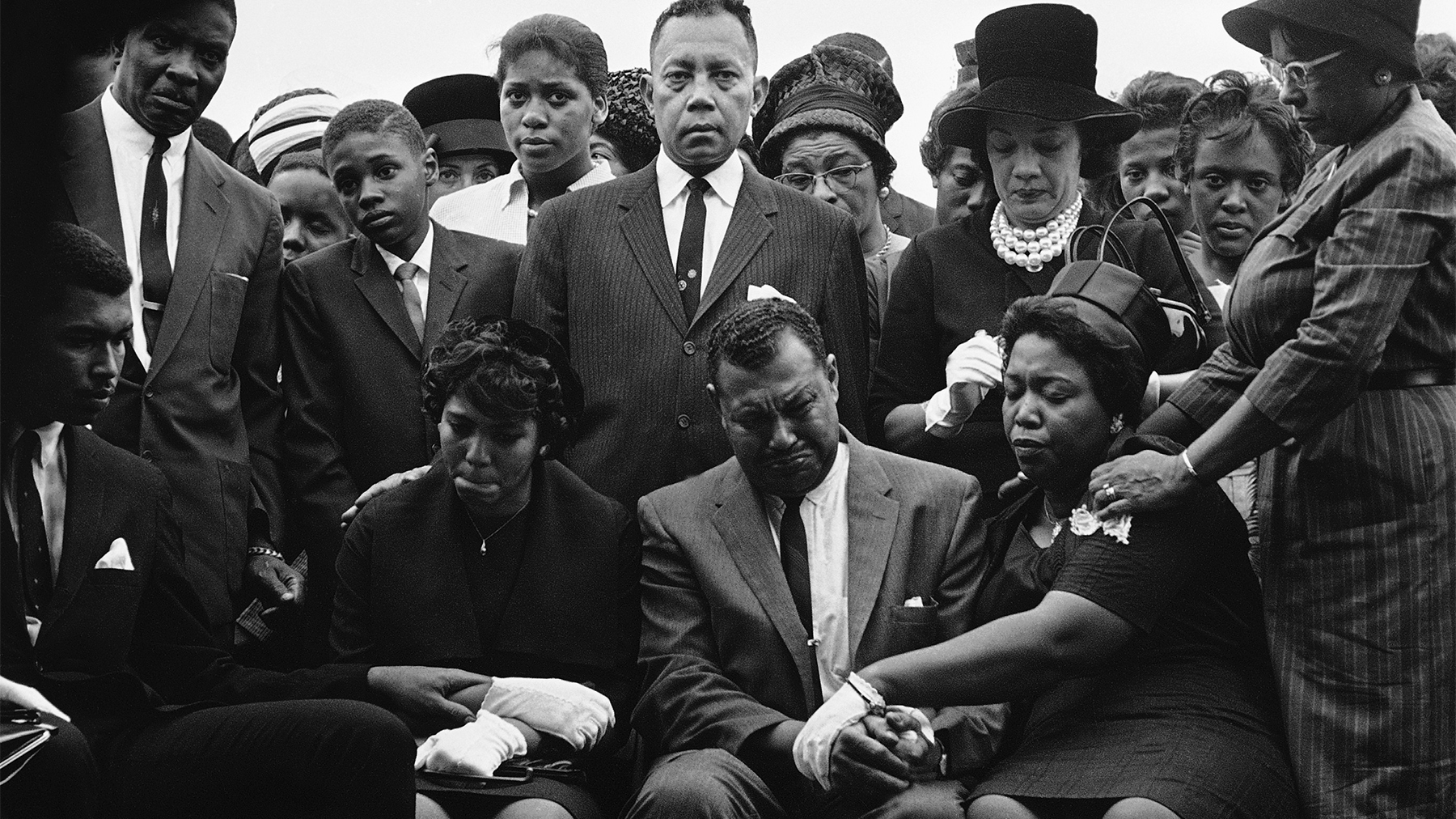Addie Mae Collins was an outgoing, artistic girl who – as a Black teenager in 1963 – happily went door to door in the white neighborhoods of Birmingham, Alabama, to sell aprons and potholders that her mother had stitched together to make ends meet.
Denise McNair performed in plays, dance routines and poetry readings to raise money for muscular dystrophy research. She befriended Condoleezza Rice, a fellow elementary school student who later became U.S. secretary of state.
Carole Robertson was a good student who loved reading and dancing. She sang in her elementary school chorus, played the clarinet, and was a member of Jack and Jill of America, a civic-minded youth and family organization.
Cynthia Wesley was raised by a single mother but stayed with her adoptive parents so she could attend a better school, where she excelled in math, reading and band.
The lives of all four girls intertwined and tragically ended at 10:21 a.m. on Sunday, Sept. 15, 1963, when a bomb planted by Klansmen outside the ladies’ lounge at the 16th Street Baptist Church in Birmingham exploded, instantly killing them and injuring 20 others.
In the moments just before the murders, the girls chatted nervously and straightened their fancy white dresses in preparation for Youth Day. Addie Mae, 14, and Denise, 11, were preparing to sing in the church choir. Carole and Cynthia – both 14 – were going to be ushers. Addie Mae was helping Denise tie the sash on her dress. But before she could finish, the bomb went off.
The murders sparked nationwide outrage and energized the civil rights movement. Ten months later, President Lyndon B. Johnson signed the Civil Rights Act of 1964, which legally ended more than 70 years of Jim Crow segregation.
Seven years later, the Southern Poverty Law Center was created and began enforcing the Act in civil rights lawsuits.
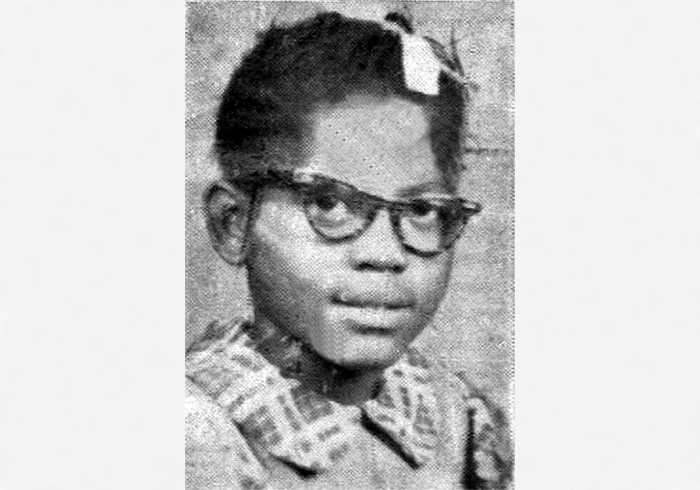
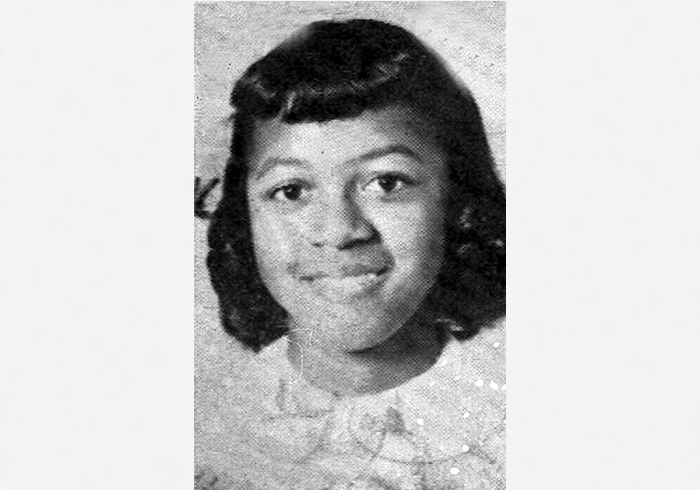
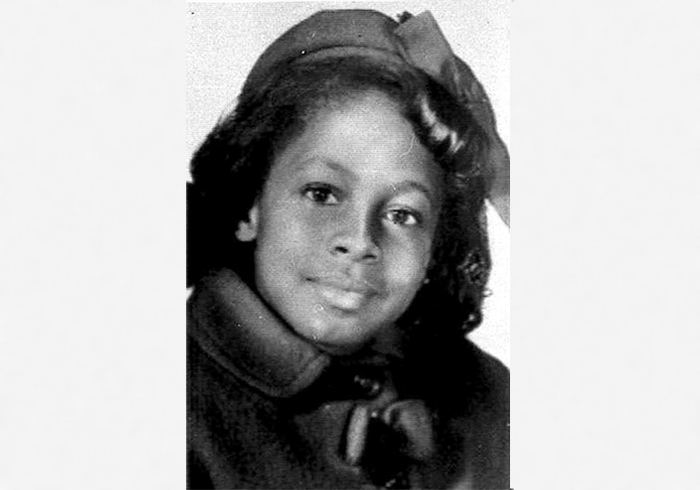
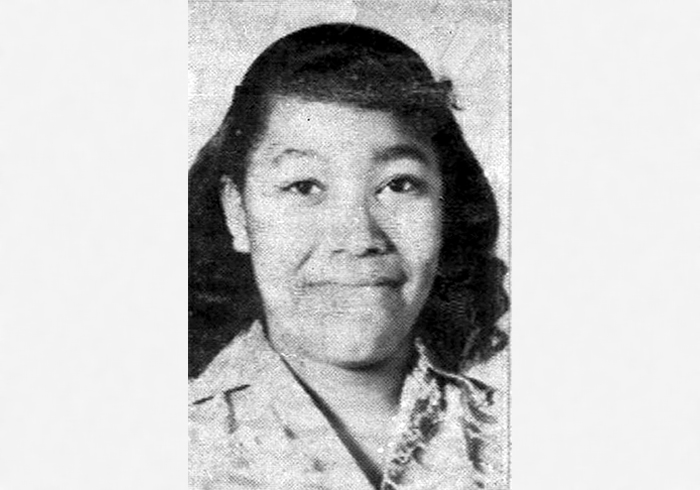
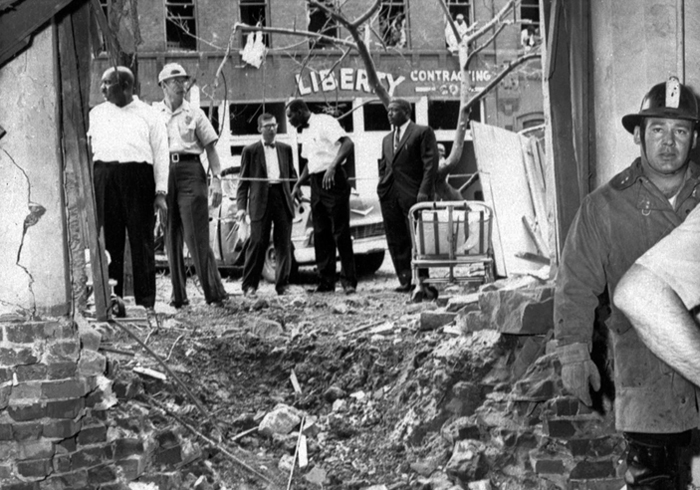
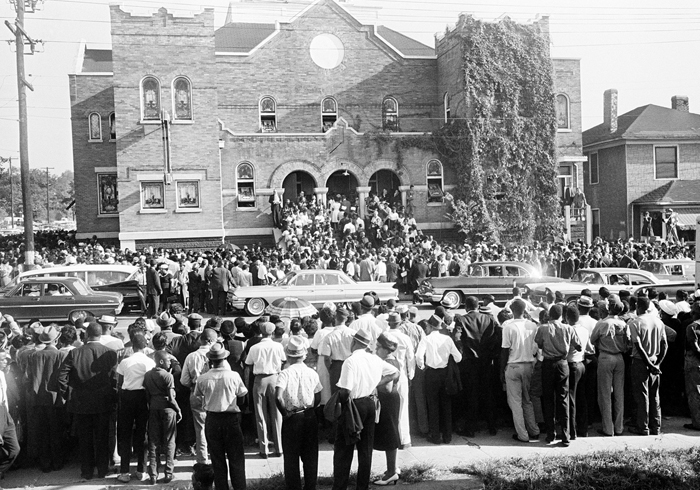
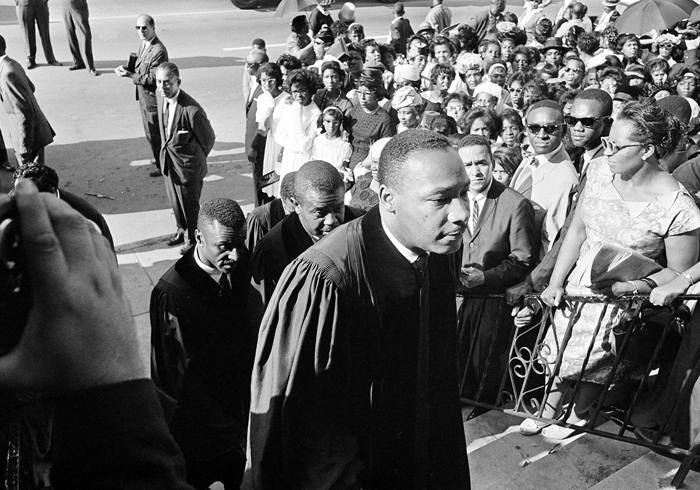
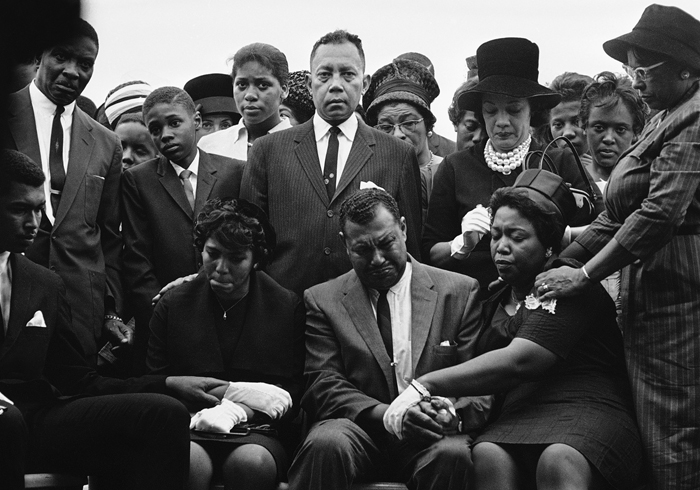
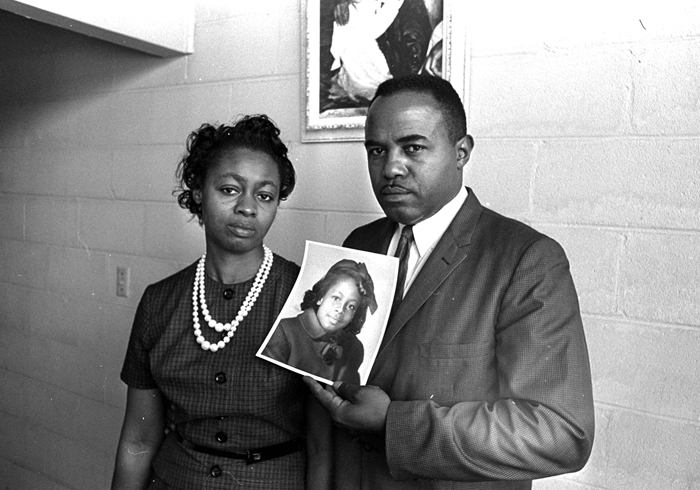
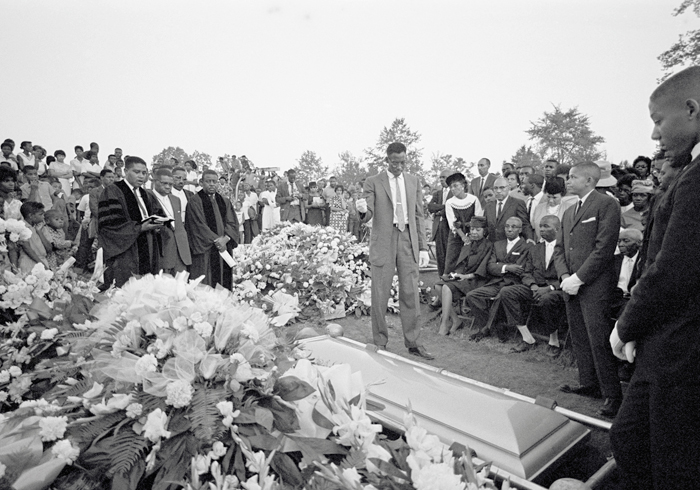
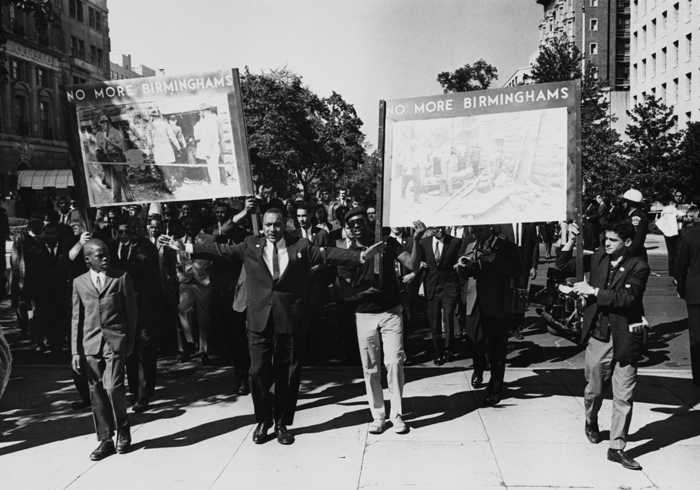
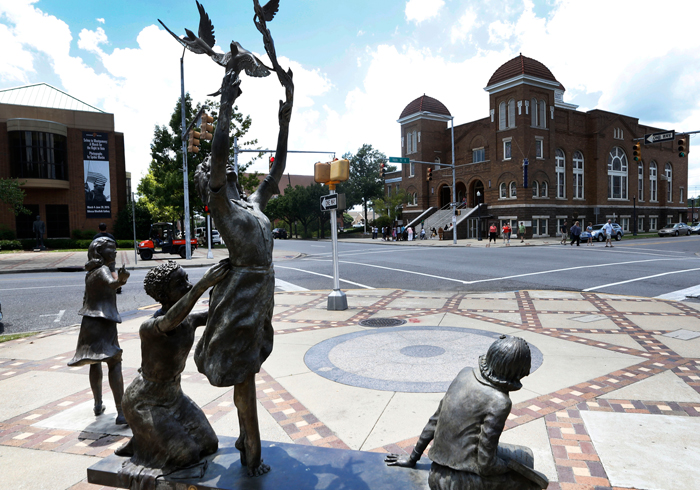
To honor the girls’ sacrifice and the powerful impact it had on the civil rights movement, their names were inscribed on the circular black granite table of the Civil Rights Memorial across the street from the SPLC’s headquarters in Montgomery. The Memorial, commissioned by the SPLC, records the names of 40 civil rights martyrs and chronicles their deaths and other major events of the movement in lines that radiate like the hands of a clock.
As director of the Civil Rights Memorial Center, also operated by the SPLC, I honor the girls’ spirits every day by making sure that the world never forgets their names – names that should be remembered just like those of other unarmed Black people who have been killed recently, including George Floyd, Breonna Taylor, Tony McDade, Sean Reed, Yassin Mohamed, Ahmaud Arbery, Rayshard Brooks and too many more.
Just as the deaths of the four girls in Birmingham led to public outrage and a renewed commitment to civil rights, the Black Lives Matter demonstrations against police brutality this year have ushered in a renewed sense of hope that our nation may one day find a meaningful way to address systemic anti-Black racism – not only in law enforcement, but also in all of our institutions and society at large.
In September 1963 – when legal segregation was dying – white supremacists responded with violence to America’s reckoning on racial injustice. The Klansmen who planted the bomb wanted to terrorize the Black community when they targeted the church the Rev. Martin Luther King Jr. and other leaders used as a meeting place, training ground and rallying point for the Birmingham Children’s Crusade and other direct actions for civil rights.
Today, we’re seeing heavily armed militia-like formations of white supremacists and other far-right extremists take to the streets to confront peaceful anti-racist marches in cities across the country.
The SPLC identified white nationalists and neo-Nazis at Black Lives Matter demonstrations in Knoxville, Tennessee; Washington, D.C.; and Dallas just days after police killed George Floyd in Minneapolis.
Tragically, in Kenosha, Wisconsin, two men protesting the police shooting of Jacob Blake were shot to death in late August by a gunman who joined with a contingent of militia to conduct armed patrols during the protests. At least one man who says he marched with the accused gunman before the shooting was immersed in white supremacist propaganda, an SPLC investigation has found. The 17-year-old charged in the incident, which also left a person wounded by an AR-15 assault-style rifle, has claimed self-defense.
Fear and resentment of our nation’s growing diversity are at the heart of the hate that has been swelling across America for years. And we’ve watched with horror as a wave of deadly violence takes the lives of innocent people time and time again – in Charleston, South Carolina; in Charlottesville, Virginia; in Poway, California; in El Paso, Texas and in Pittsburgh.
In 1963, many civil rights activists, including King, blamed Alabama Gov. George Wallace for creating the toxic climate that led to the church bombing. “The blood of four little children … is on your hands,” he wrote in a telegraph to Wallace. “Your irresponsible and misguided actions have created in Birmingham and Alabama the atmosphere that has induced continued violence and now murder.” A few days before the bombing, Wallace had said the nation needed “a few first class funerals” to resolve its race issues.
Today, we have a president who doesn’t bother to disguise his embrace of white nationalists. So it should come as no surprise that we’ve seen this dangerous and inherently violent ideology once again become part of the mainstream political realm.
To counter this hate, we must all work vigilantly together against white supremacy to bring the hope, equity and inclusion that will lead to true justice for all. And we must hold our leaders accountable for their words – because those words inspire others to act, sometimes with deadly consequences.
This is how we can honor Addie Mae Collins, Denise McNair, Carole Robertson, Cynthia Wesley and the countless others who have lost their lives to the hands of hate.
Lead photo by Horace Cort/AP Images



